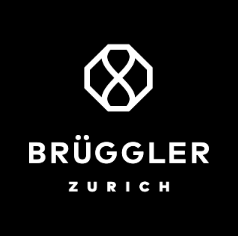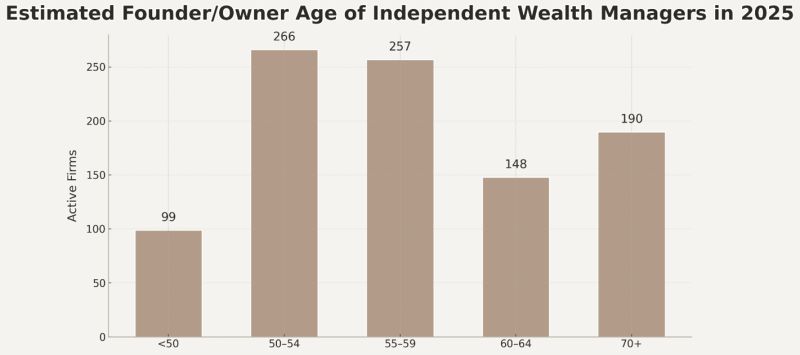When we look at Swiss independent wealth managers today, the data reveals a subtle truth. It’s not just about when firms were founded – it’s about which ones survived.
The chart shows a net view: only companies that still exist in July 2025 are included. Firms that were closed, merged, sold, or failed are absent. What remains is a curated list of resilience.
It’s tempting to conclude the founding peaks. Yes, there was a surge around 2006–2009 and again between 2015–2019. But the real question isn’t “when did they start?” It’s “how many are still standing?”
Firms from 1990 to 1994, for instance, show just a handful left. Many who started early have already exited. In contrast, more recent cohorts show higher numbers – not necessarily because they’re stronger, but because time hasn’t tested them yet.
What does that mean for founders, clients, and partners?
Success isn’t in the launch. It’s in longevity. Those who survive two decades have adapted, managed succession, navigated crises, and evolved governance. They didn’t just ride the wave – they rebuilt the ship while sailing.
In an era of licensing, audits, tech demands, and margin pressure, scale alone doesn’t guarantee endurance. But structure does. Culture does. Real partnerships do.
More firms will reach a critical point as succession approaches. And the numbers will shift again. But history is clear: only a fraction endures.
The Quintessenz:
Joining an independent wealth manager today means joining a firm without a 200-year legacy. Stability must be demonstrated, not assumed. These businesses are still proving they’re built to last—and the best ones are doing just that.
Founder age is estimated by assuming an average founding age of 45. Data reflects active, licensed firms as of July 2025.
11Dec2025




